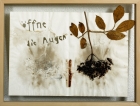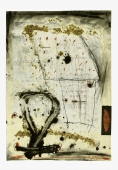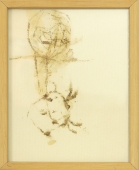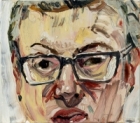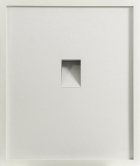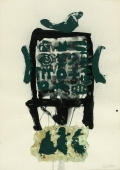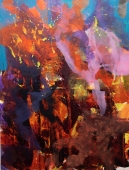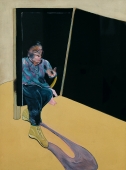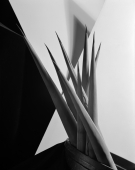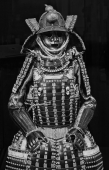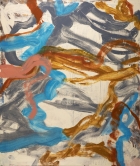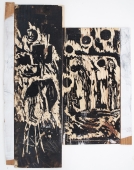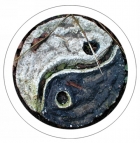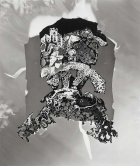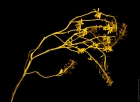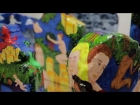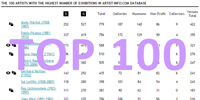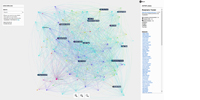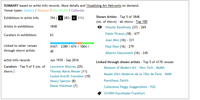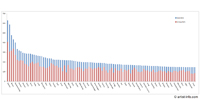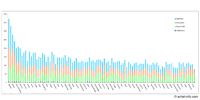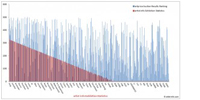Visionary Spaces
Kandinsky, Mondrian, Lissitzky and the Abstract-Constructivist Avant-Garde in Dresden 1919 – 1932
02/03/2019—02/06/2019, Albertinum , Dresden
In the 1920s Dresden was a hotspot for the European artistic avantgarde. In the middle of the decade Soviet Russian Constructivism, the Dutch De Stijl movement and the Bauhaus created a sensation here – in this city that was so steeped in its historical tradition, priding itself in the title 'Florence on the Elbe'. Works by El Lissitzky, Piet Mondrian, Lyonel Feininger, Wassily Kandinsky, Paul Klee, László Moholy-Nagy, Oskar Schlemmer and other artists were exhibited in the city’s galleries, provoking controversial discussion in the press.
In 1925 Mondrian’s first solo exhibition in Germany took place in the Dresden gallery Kunstausstellung Kühl und Kühn, and for a short time there was a cabinet exhibition of abstract and constructivist art at the educational institute in the Festspielhaus in Hellerau. In 1926 the Galerie Ernst Arnold organised a major anniversary exhibition marking Kandinsky’s 60th birthday. The Bauhaus master Hinnerk Scheper designed the rooms of the Galerie Neue Kunst Fides, which not only offered works by artists such as Feininger, Klee, Moholy-Nagy and Schlemmer but also sold modern tubular steel furniture. The general public rubbed their eyes and local art critics were outraged, but the bourgeois establishment, who were open to new forms of expression, visited the exhibitions.
Some of them even purchased the new art – above all, Ida Bienert, probably Dresden’s most famous female collector and art patron. She commissioned Mondrian, who was living in Paris at the time, to design an interior for one of the rooms in the Bienert family’s residence. His 1926 design reveals a visionary sense of space and atmosphere, although it was never actually implemented. During the same year, Lissitzky was invited to come from Moscow to Dresden, where he constructed a spectacular room for exhibiting abstract art at the International Art Exhibition. Its innovative form of presentation challenged visitors’ customary viewing habits.
The unique experience of these “visionary spaces”, which have been revived here in both analogue and virtual form, is the central feature of this major exhibition of abstract and constructivist art, in which masterpieces by Mondrian, Lissitzky, Kandinsky, Klee, Feininger, Moholy-Nagy, Schlemmer and other artists from many important international museums and collections have been brought together in Dresden’s Albertinum. It shows how this “Art of the Future” inspired by utopian social ideals was exhibited, collected and debated in 1920s Dresden – evoking both vehement rejection and enthusiastic approval. Mediation platforms in the exhibition encourage visitors to undertake their own creative experiments.
Source: Press Release
artist-info.com Exhibition Page
https://www.artist-info.com/exhibition/Albertinum-Id383203

 Exhibition Announcements
Exhibition Announcements 













